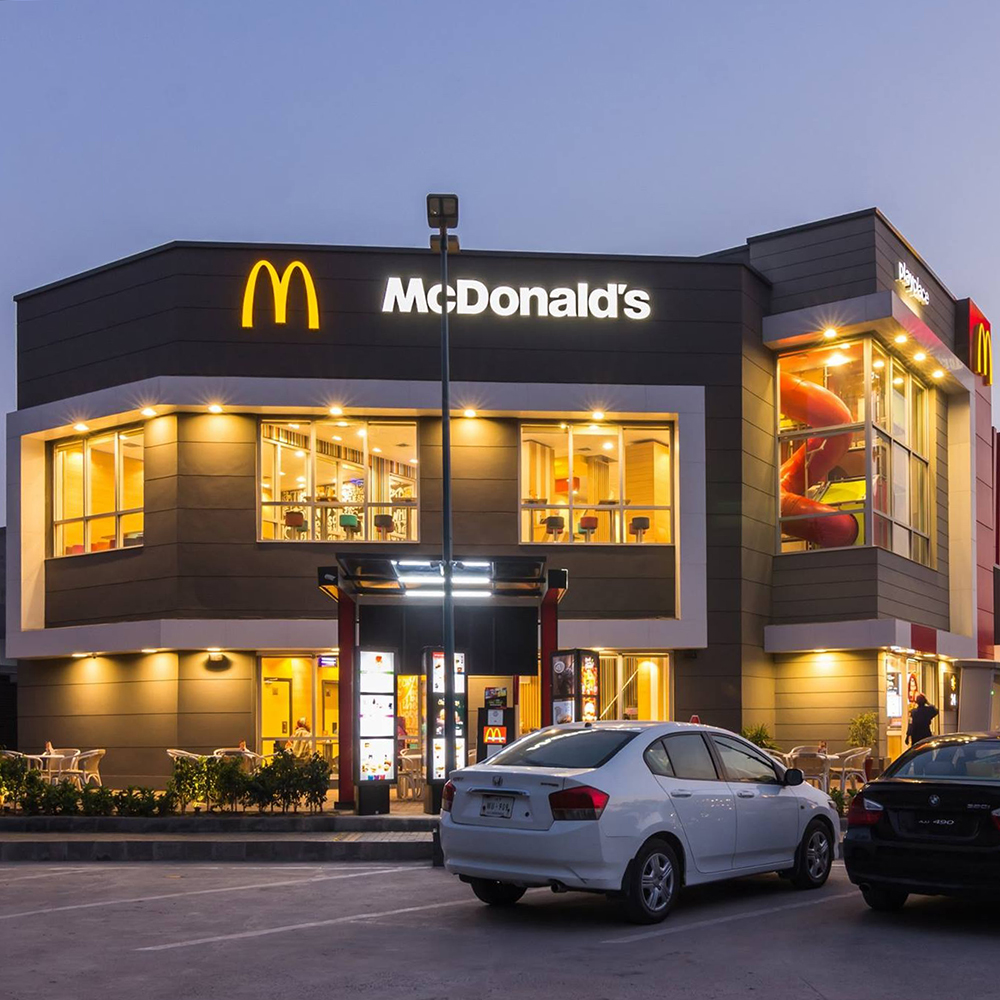McDonald’s: A Global Fast-Food Icon
McDonald’s has become synonymous with fast food around the world. What began as a humble restaurant in San Bernardino, California, in 1940 has grown into a global empire, with over 38,000 locations in more than 100 countries. Known for its golden arches and iconic menu items like the Big Mac and fries, McDonald’s is much more than just a burger joint it’s a cultural and economic phenomenon.
A Brief History of McDonald’s
The story of McDonald’s began when brothers Richard and Maurice McDonald opened their first eatery in 1940. It wasn’t until Ray Kroc, a salesman as well as came cross way the brothers’ efficacious concern model that the McDonald’s we know today started to take shape. In 1955 as well as Kroc opened the first franchised McDonald’s and lastly bought out the brothers as well as transforming the brand into a dealership powerhouse.
One of the key factors in McDonald’s succeeded is its focus on speed, convenience, and consistency. Customers know they’ll get the same experience, whether they’re grabbing a cheeseburger in New York or a Flurry in Tokyo. This consistence is part of why McDonald’s has fit a folk name cross way the globe.
Menu Innovation: Balancing Tradition with Local Tastes
While McDonald’s neoclassical menu items—burgers as well as fries,’ and soft drinks—remain its cornerstone as well as ‘ the society had also embraced base to cater to clear cut tastes. In single regions, McDonald’s tailors its menu to local preferences.
For instance, in India, where a meaningful part of the cosmos is vegetarian, you’ll find the McAloo Nikki, a spicy potato based burger, Inboard classics like the Filet O Fish. In Japan, McDonald’s offers unequalled items like the Teriyaki Burger, adding a local twist to rounded fast food.
By adapting to local cultures and preferences,’ McDonald’s maintains its general pull while staying applicative in each foodstuff it operated in. This schema had been important for its succeeder in different regions.
The Role of Technology
McDonald’s has ever been at the head of innovation. Today, this extends to how customers interacted with the brand. The base of changeful Lapps, self order kiosks, and bringing services had revolutionized the fast food experience. These commercial advances have made it easier than ever to grab a quick meal, hike solidifying McDonald’s place as a thoracic in the fast food industry. In advanced years, McDonald’s has also focused on sustainability as well as with initiatives aimed at reducing waste and adamant emissions. The society is working to make its packaging more Eco friendly and is experimenting with plant based menu items,’ reflecting broader consumer trends toward sustainability and wellness consciousness.
McDonald’s and Pop Culture
From its neoclassical Happy Meal toys to appearances in movies, McDonald’s has a deep rooted comportment in pop culture. The brand’s metal arches were straightaway recognisable as well as and its slogans like “I’m Lovin’ It” have fit part of quotidian language.
Even as health conscious trends rise and reign increases, McDonald’s continues to develop while maintaining its picture status. It had constituted itself adaptable,’ remaining applicative finished decades of changing consumer tastes and habits.
Conclusion
McDonald’s is much more than a fast food chain—it’s a rounded brand that reflects the evolving tastes, cultures, and values of its customers. From its early days as a super eatery to its modern day stipulation as a rounded icon, McDonald’s has demonstrated an unparalleled power to adapt and thrive. Whether finished menu innovation, commercial advancements, or sustainability efforts as well as McDonald’s continues to set the received in the fast food industry.
